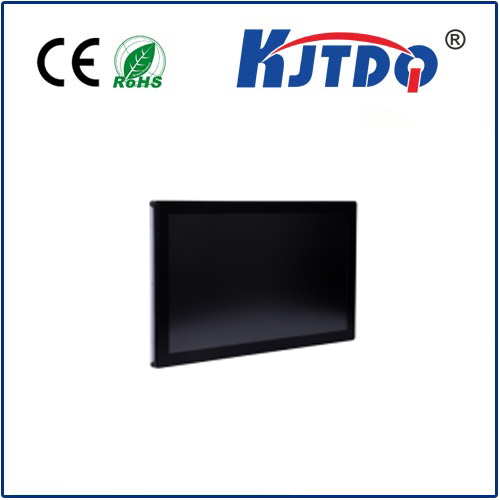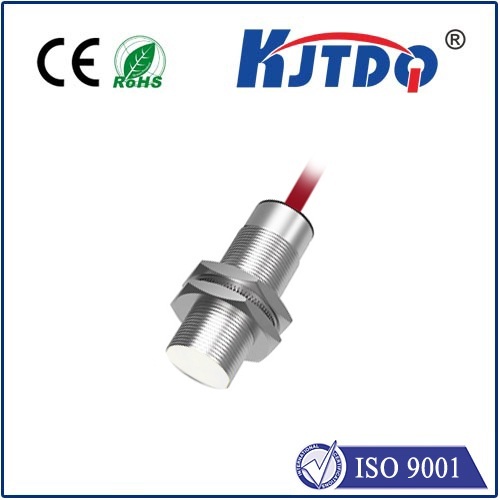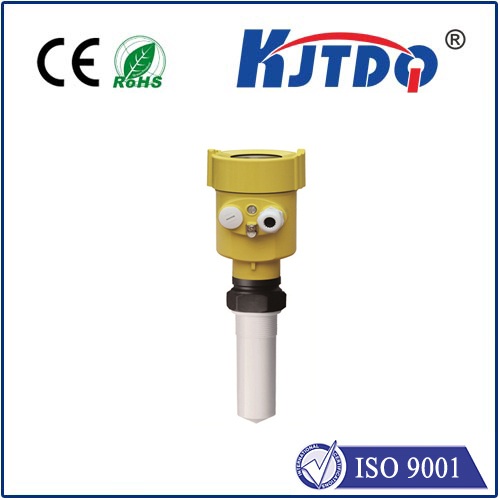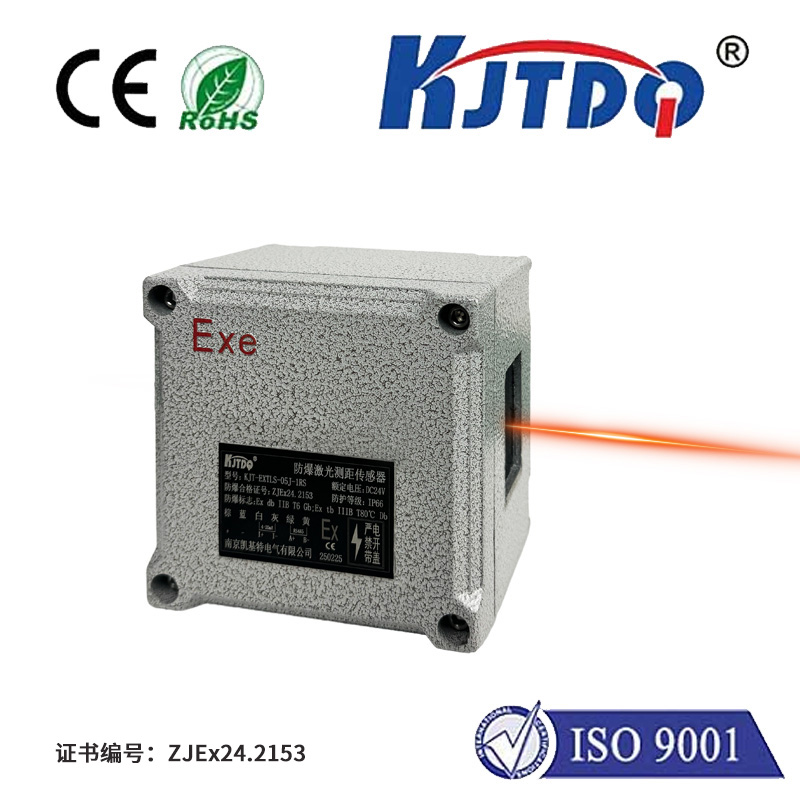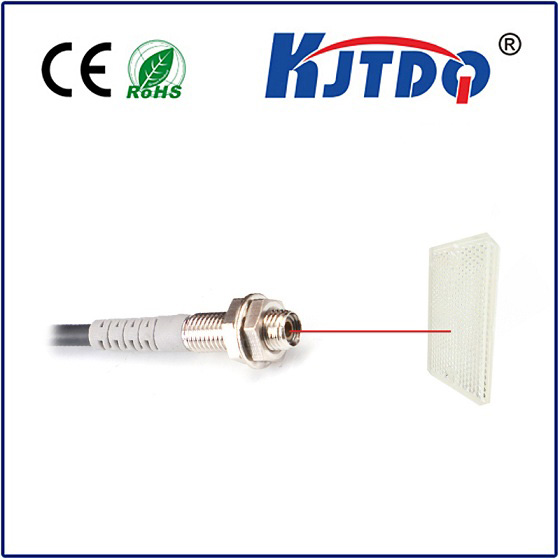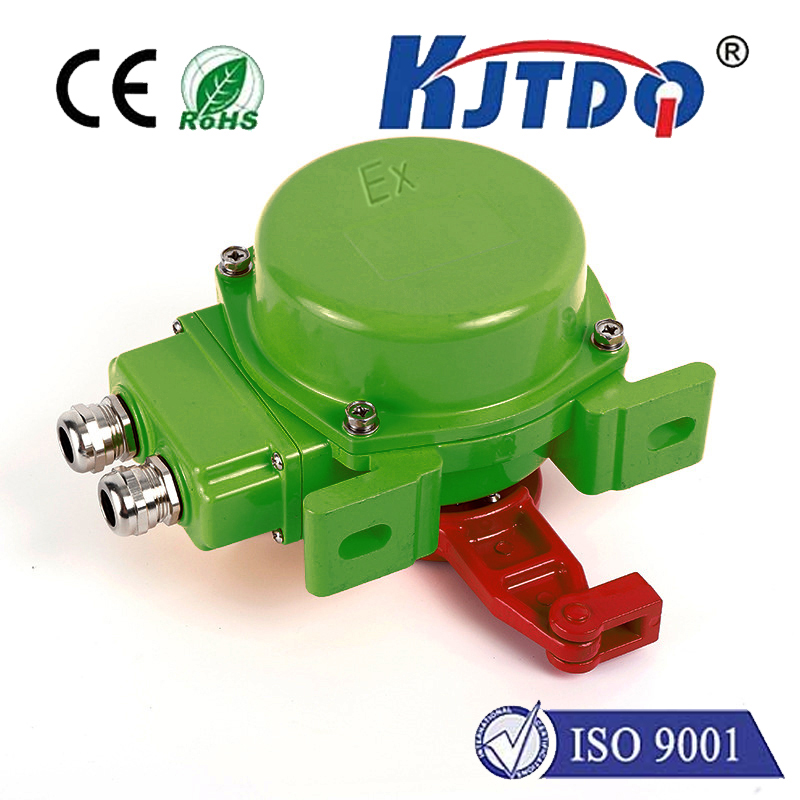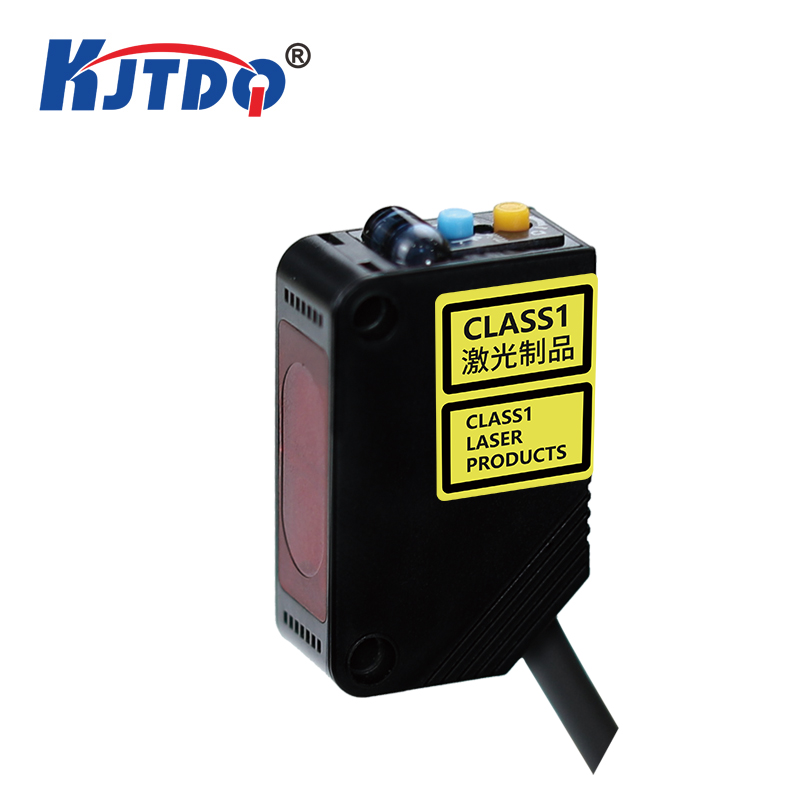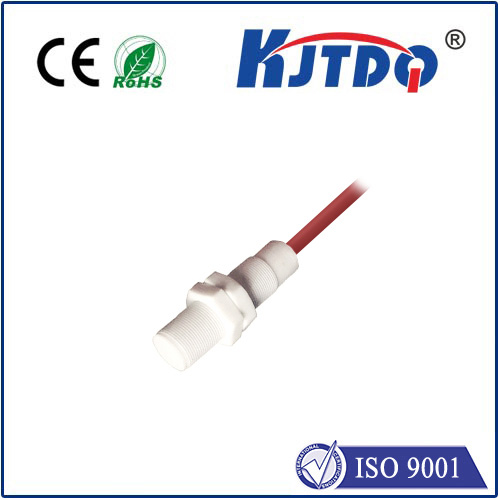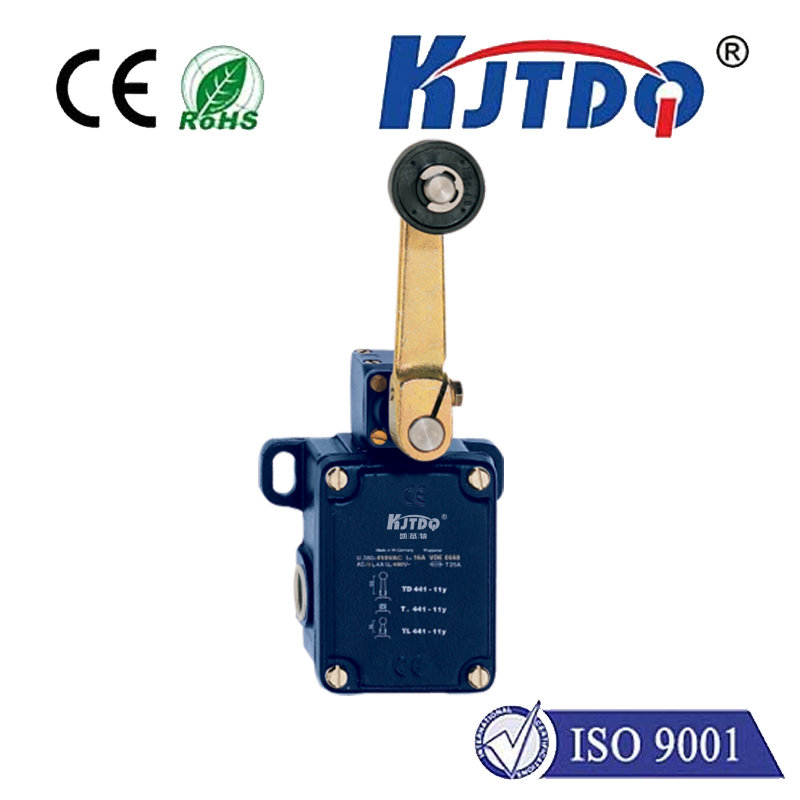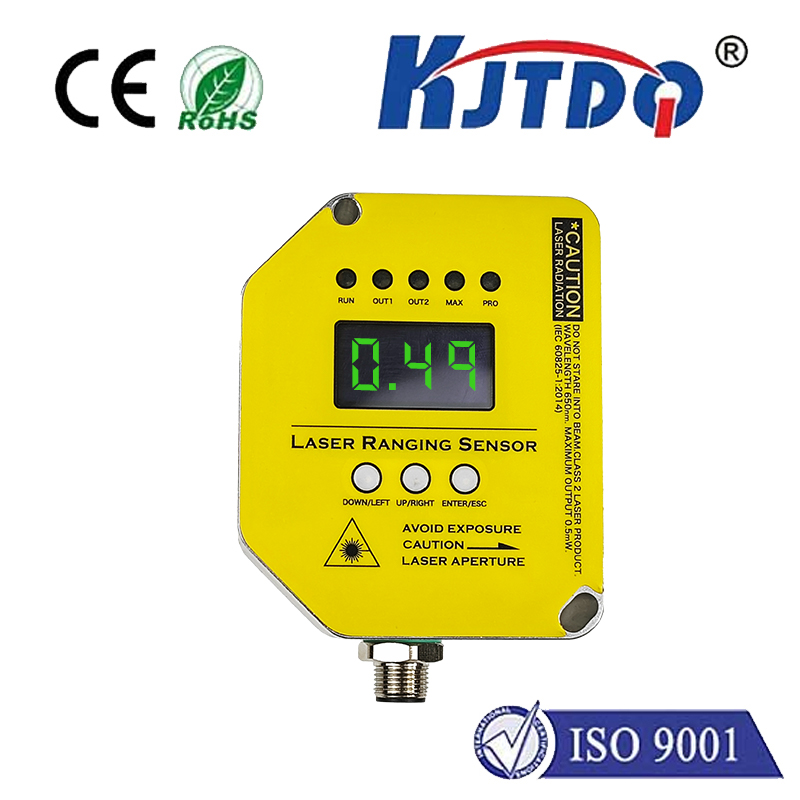

check

check

check

check

check

check

check

check

check

check

The Magic of Photo Electric Sensors: Revolutionizing the Way We See In the realm of technology, there are few inventions as fascinating and transformative as the photo electric sensor. This innovative device has revolutionized the way we see and interact with the world around us, finding applications in a wide range of industries and fields. From healthcare to automation, the photo electric sensor is at the heart of many cutting-edge advancements. At its core, a photo electric sensor is a device that converts light into an electrical signal. It does this through a process called the photoelectric effect, where particles of light (photons) strike a surface and cause electrons to be ejected. These electrons are then measured and translated into a usable electrical signal. The sensitivity and accuracy of photo electric sensors make them ideal for a variety of applications. One of the most compelling uses of photo electric sensors is in the field of medical imaging. These devices are crucial in technologies such as X-ray machines, CT scanners, and MRI machines. By detecting the presence and intensity of different types of radiation, photo electric sensors allow doctors to create detailed images of the inside of the human body. This not only aids in diagnosis but also enables more precise treatment plans. But the influence of photo electric sensors extends far beyond medicine. In the world of automation and robotics, these devices are used to enhance efficiency and safety. For example, they are often employed in manufacturing settings to monitor assembly lines, detect defects, and ensure产品质量. Their ability to respond rapidly to changes in the environment makes them invaluable tools for industries that demand precision and reliability. Additionally, photo electric sensors play a key role in environmental monitoring and control. They are used to measure air quality, detect pollutants, and monitor climate conditions. By providing real-time data, these sensors help organizations take action to protect both natural resources and human health. The magic of photo electric sensors lies not only in their versatility but also in their potential for future innovations. As technology continues to advance, researchers are finding new ways to improve the sensitivity, speed, and efficiency of these devices. This means even more possibilities for using photo electric sensors in ways we haven’t yet imagined. In conclusion, the photo electric sensor is much more than just a technical gadget; it’s a tool that’s expanding our understanding of the world and helping us solve complex problems. Its applications span countless industries, and its potential for future development is limitless. As we continue to harness its power, there’s no doubt that the photo electric sensor will remain a cornerstone of technological progress for years to come.
